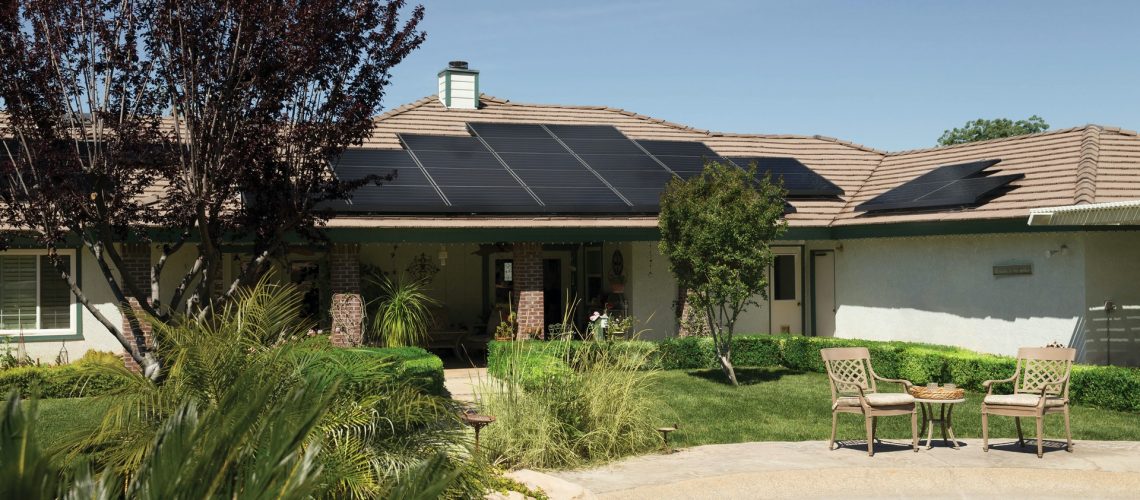When it comes to setting up a solar panel installation for your residential home, it can be hard to get to grips with the stats and terms that are commonly used concerning electrical systems. Here’s our handy guide on common solar terms to help you bust through the jargon and make the best choice for your home.
Solar Panel Terms – Cells, Modules, Panel, Array
Solar panels are all composed of a collection of solar cells. A solar cell is the actual electrical device converting the energy from sunlight into electricity. Several cells together form a module, and by putting several modules together you get a solar panel. If you have a large set of panels working in unison, this is called a solar array, and is the kind of setup commonly seen on residential rooftops.
Monocrystalline vs. Polycrystalline
Of course, not all solar panels are made equal. Depending on whether a panel is monocrystalline or polycrystalline its efficiency will vary. Monocrystalline panels have the highest efficiency, meaning they will generate the most electricity over other panels, as they are made from thinly sliced silicone bars through which electrons flow without interruption. Polycrystalline panels have slightly lower efficiency, as they are made from silicon fragments that have been melted together to form a single panel, meaning the electrons cannot flow as easily as in monocrystalline panels. As such, they are cheaper but less cost-effective.
kWh (Kilowatt-hour)
A kilowatt-hour is a unit of energy that we use to measure our energy usage over time, and thus calculate our bills. The term kilowatt-hour describes the amount of energy that would be used if a 1000 watt appliance was run for one hour. For example, a 50-watt lightbulb would take 20 hours to use 1 kWh. On average, a US residential home uses 900kWh a month, and by comparing this to the kWh produced by a solar panel, say, 30kWh, you can figure out just how many panels it would take to power your whole home for a month. In this case, an array of 30 panels!
MPP (Maximum Power Point)
MPP stands for Maximum Power Point, a term used to describe the point at which a solar panel is generating as much power as possible with the given light and weather conditions. As light conditions change, so too will the voltage needed to reach the MPP, and to enable this resistance in the circuit is altered automatically by an MMPT (Maximum power point tracker), a controller external to the panel itself.
BIPV (Building Integrated Photovoltaics)
Photovoltaics is the name for the process of converting light into electricity through materials such as solar panels, and BIPV is a method of doing this that integrates the panels directly into architecture, rather than adding them on top. Examples of Building-Integrated Photovoltaics include solar materials in windows, walls, or even skylights.
LCOE (Levelized Cost Of Energy)
Levelized cost of energy describes how the upfront costs of solar installations compare with the lifetime value of the energy they’ll produce. To work this out you take the total cost of installing the system and divide it by the total kWh production of the system over its projected lifespan. By doing this, you can see directly how much each dollar of installation cost will compare to each dollar of energy produced. For example, a system that costs $30,000 to install, which produces 1.25 million kWh in total, will have an LCOE of 0.024. That’s 2.4 cents gain for every dollar invested!


